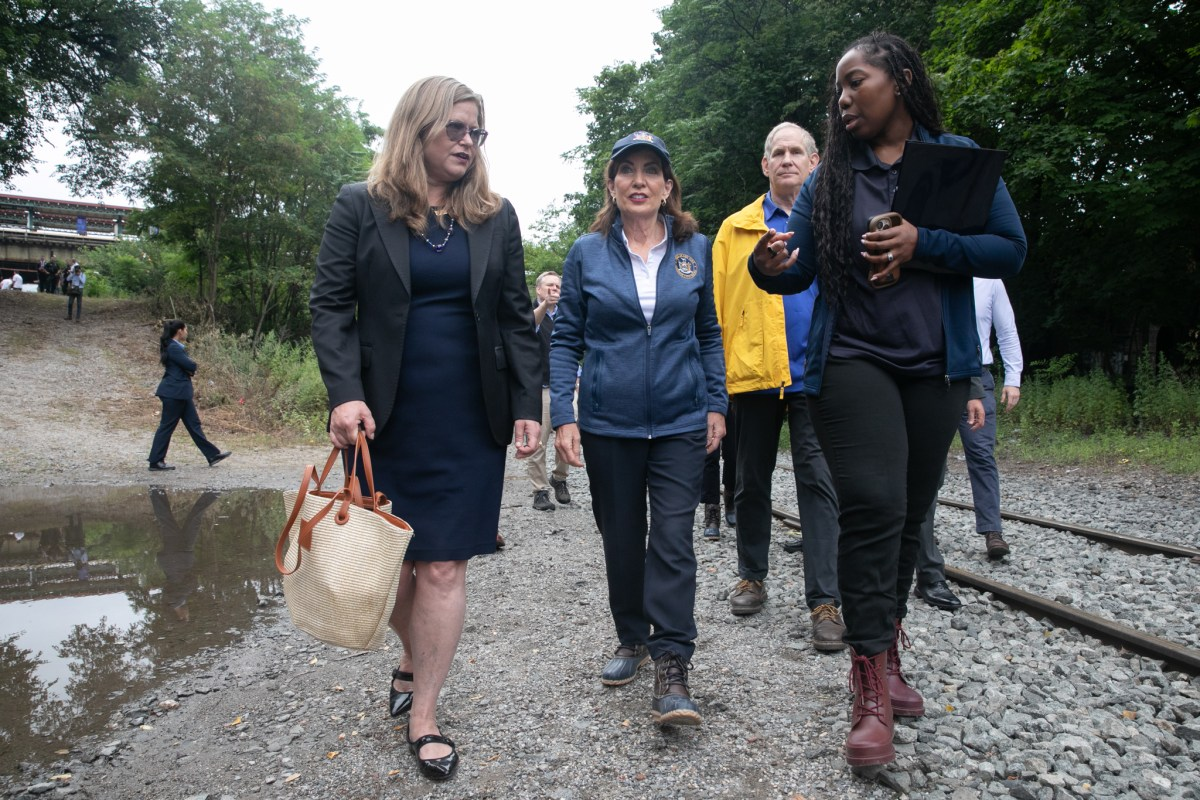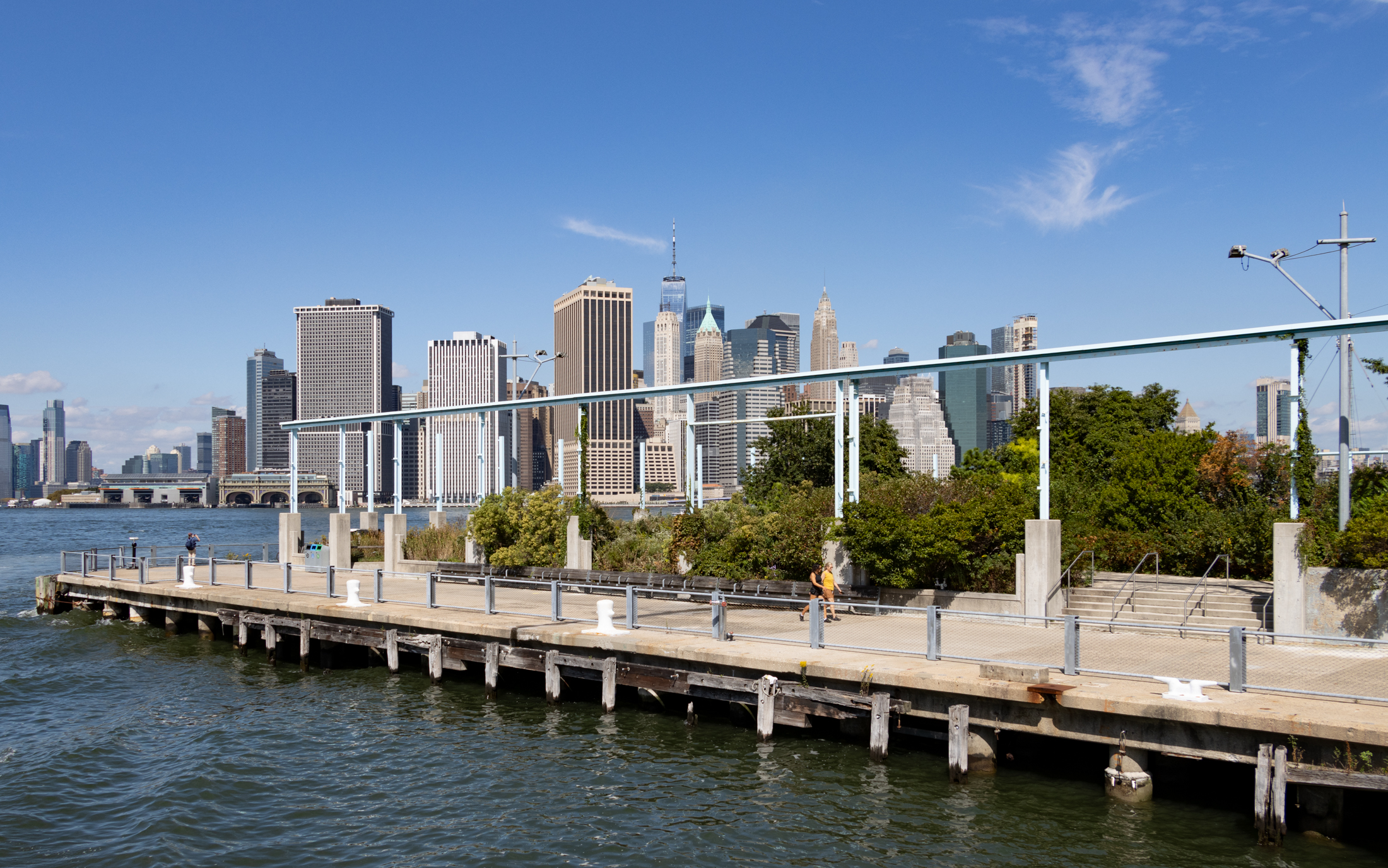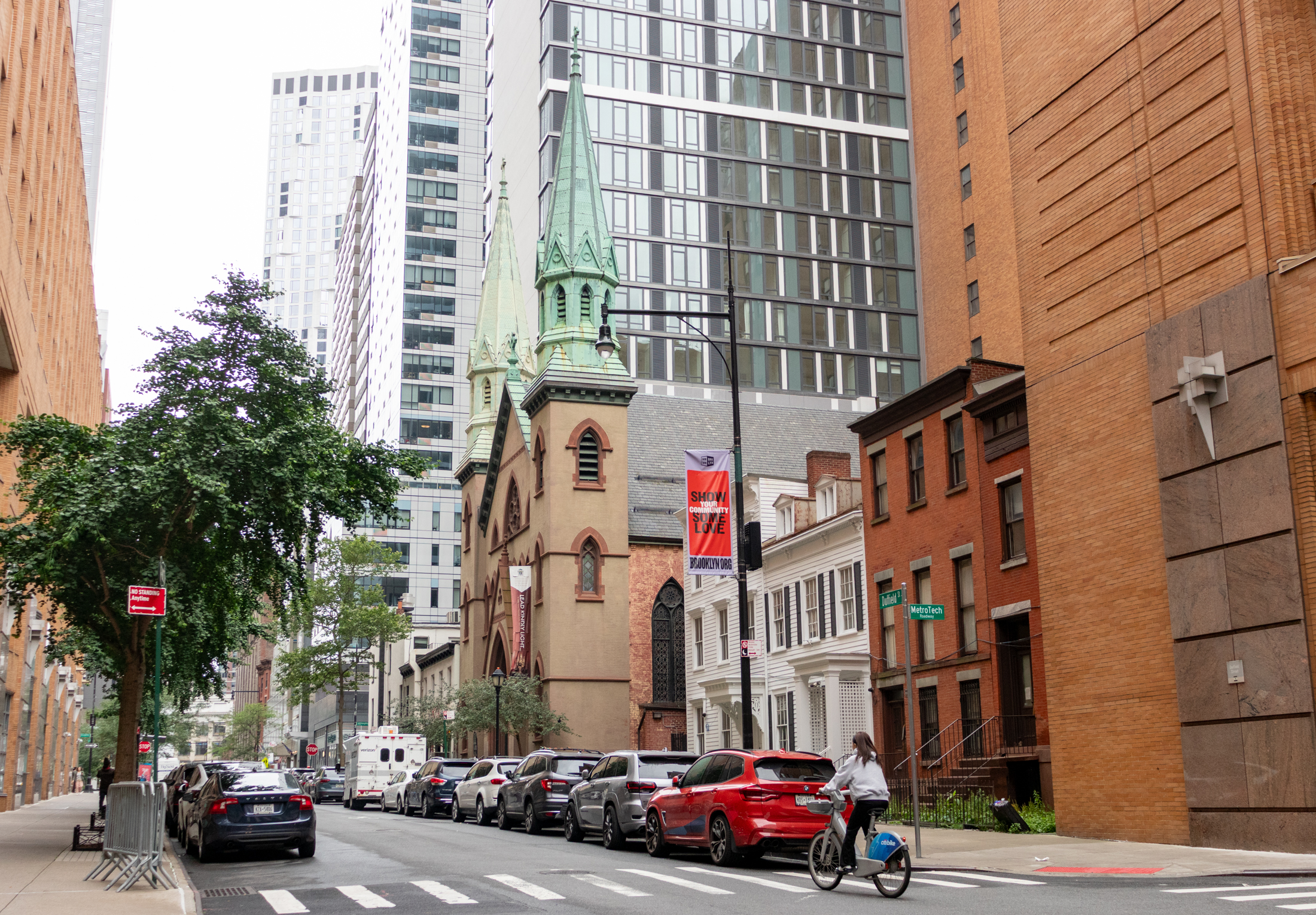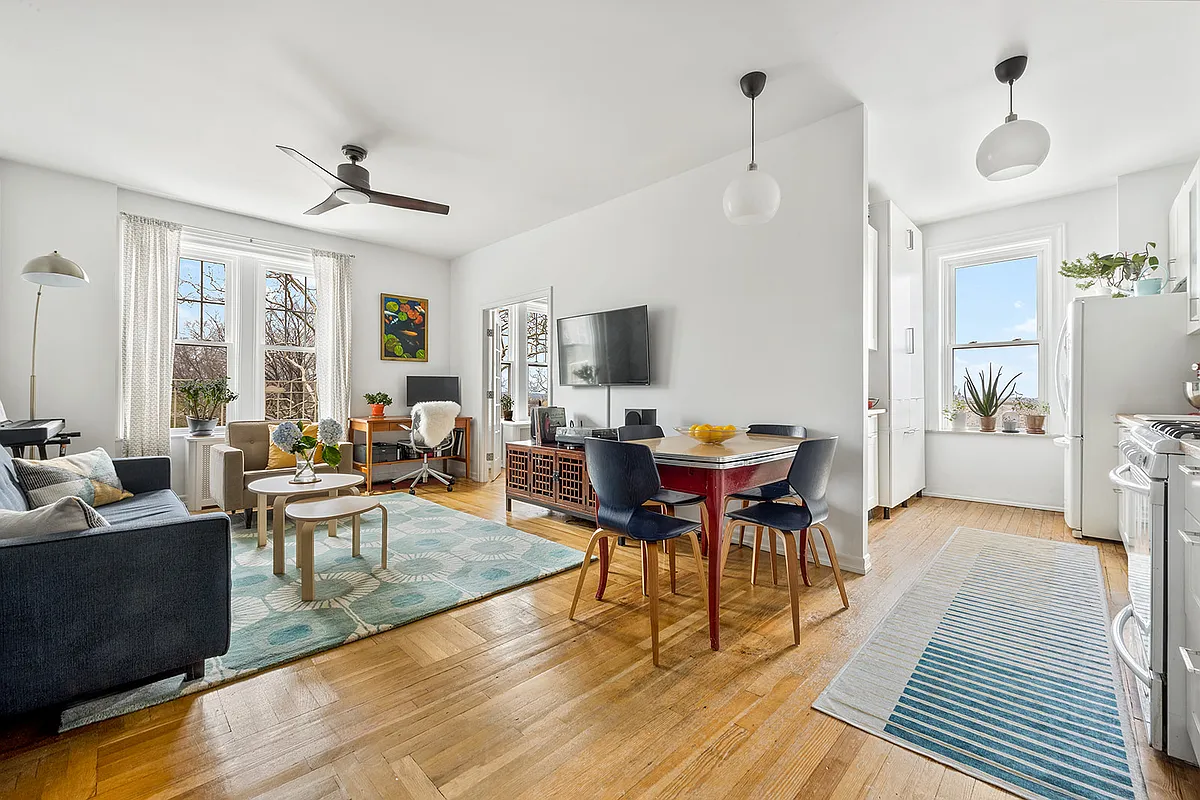New Rules for First-time Home Buyers
The New York Times this weekend joined throngs of other analysts and media outlets in pointing out that there are multiple culprits to the financial collapse that is now a year old—and that we, in addition to bankers and brokers or lax government officials, are partly to blame. People had fallen into the habit of…

 The New York Times this weekend joined throngs of other analysts and media outlets in pointing out that there are multiple culprits to the financial collapse that is now a year old—and that we, in addition to bankers and brokers or lax government officials, are partly to blame. People had fallen into the habit of stretching their finances to buy as much house as possible for their first-time buy, the Times says, and the paper offers seven new rules of buying to replace this and other unreliable maxims of real estate. It begins with the basics—put 20 percent down, get a fixed-rate mortgage, and don’t spend more than 35 percent of your pretax income on your mortgage, property tax, and home insurance—and continues with more detailed advice such as mapping out your expenses and forecasting your future income. It’s more than we can reproduce here, but the full article is worth a read.
The New York Times this weekend joined throngs of other analysts and media outlets in pointing out that there are multiple culprits to the financial collapse that is now a year old—and that we, in addition to bankers and brokers or lax government officials, are partly to blame. People had fallen into the habit of stretching their finances to buy as much house as possible for their first-time buy, the Times says, and the paper offers seven new rules of buying to replace this and other unreliable maxims of real estate. It begins with the basics—put 20 percent down, get a fixed-rate mortgage, and don’t spend more than 35 percent of your pretax income on your mortgage, property tax, and home insurance—and continues with more detailed advice such as mapping out your expenses and forecasting your future income. It’s more than we can reproduce here, but the full article is worth a read.
Seven New Rules for the First-Time Home Buyer [NY Times]
Photo by triada53





I question the whole basis of this article. I never heard anything about how you should stretch financially to afford your first place. What I have heard is that it might not be smart to get a place that’s too small, since your family might expand.
Good luck. I feel your pain with the public school choices vs. a reasonable commute.
I’m Brooklyn born and raised and really don’t want to leave, particularly since my parents are still here and we want to be close. We live in a brownstone neighborhood (nope, not Park Slope) but only because I’ve been here since 1992 with the same landlord who understands the value of good tenants over market rate rents.
While our cash might equate to a 750K mortgage, it would not be realistic to depleat ourselves of our savings for the down payment. Plus, we’d have nothing left for any work we’d like to do (or to finally replace any of the Ikea furniture that stocks our place now!). Also, as I mentioned, the monthly payment for that kind of mortgage is not possible for us. Like I said, the down payment is not a problem, it’s the monthlies.
We’ve been looking in Bay Ridge, Kensington and similar areas but find the inventory still pretty low of choices in public school zones that we are comfortable with and are still commutable for our jobs. Our eyes remain open and hope the new season brings more options….
CHMomma – its not going to happen unless you go further out. You’re probably caught in the middle between the affordable housing qualifiers and the rich enough to buy a three bedroom place group. They upside is the public schools further out are generally better.
Joe: That is so true! Even though we wanted a house we did look at some coops. Some (very few) were reasonable but others! I was choking at some of the maintenance fees. I thought if it’s our house we can decide what needs to be done when. Replace roof one year, replace windows another. It’s according to our schedule.
THL that’s a good reason. but holy cow have you seen the maintenance they’re asking at some of these coops? I feel like if I buy one of those, someone’s going to own me anyway.
Chicken – yes. Once the value of the property dips below $400,000, both mortgages are underwater, but data would probably show that the person who is already down $100k is more likely to try to keep it going, all else being equal.
“We have $145K CASH in the bank (by scrimping and saving over 10 years) yet still can’t manage to find our Brooklyn starter home (which for us must include room for 3 kids).”
Must be the neighborhoods you are considering…
“The down payment percentage should not be the focus. It’s the actual amount of debt one is incurring that is key.”
Ding Ding Ding. Succinct statement award. Starter apts don’t have to cost 500G and don’t if you have some flexibility as to which neighborhoods you will consider. 10% down is a fine amount if the end result is that your monthly mortgage payment is within a reasonable boundary for your income level.